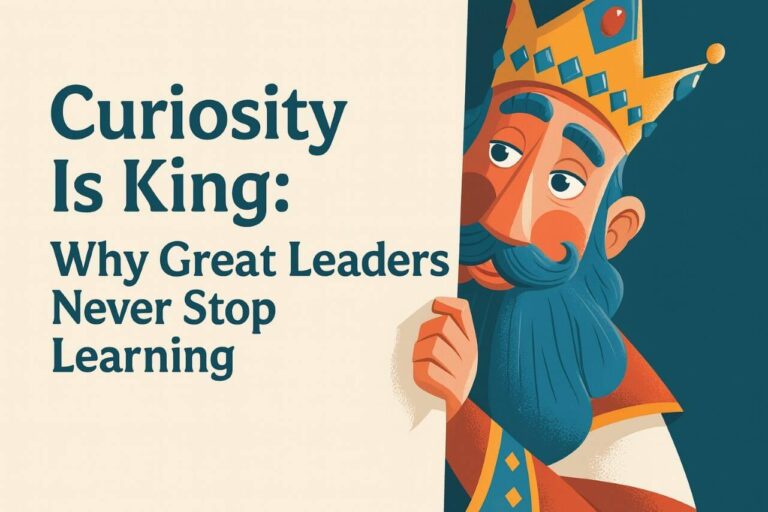LIFE CYCLES, Part XIV
In Through the Looking-Glass by Lewis Carroll, the Red Queen tells Alice that in the Red Queen’s world, you have to run as fast as you can just to stay in the same place—and if you want to get somewhere else, you have to run twice as fast.
Feel familiar? This is what’s commonly referred to as The Red Queen Hypothesis and it applies to business owners as much as it does to characters in a book. It speaks to owners who get physically exhausted and mentally burnt out just trying to keep up with the pace of changing technology; competitive pressures; and economic, employment, and market volatility that are part of the “Them” phase of a company.
While running a “Them” phase company can be the best and most rewarding job in the world, it can also be a time of reflection for business owners—especially ones who have been at the game for much of their career.
Let’s take a look at the Executive Dynamic and see how this plays out.
When they’re in the “Me” and “We” phases of their company, many business owners and executives are prevented from seeing the real essence of the “Them” phase, because they’re consumed with meeting the immediate demands of running the company.
Others are prevented simply because they haven’t had enough life or business experience yet. While they may understand the rules of the game, it’s not the same as knowing how to play the game.
Layer on top of this the demands owners typically experience as they age through their middle years and navigate the challenges of their personal life or growing family—mortgages, social and professional demands, and education, just to name a few. None of this is good or bad, it’s just a natural condition of this stage of life and business.
When some of the dust and chaos of the earlier phases of the company have settled and the three Dynamics of the Sustained Profitable Growth model are aligned in some semblance of harmony, an owner has the time, financial resources, and mental bandwidth to look beyond the accumulating nature of the “We” phase and to contemplate the meaning behind it all, which takes place in the “Them” phase.
Sometimes it also takes the awareness of the passing of time and the physical changes taking place in their life or the lives of their loved ones to contemplate the personal and professional sacrifices that have been made in the pursuit of “more.”
A recent Gallup survey illustrates this on a global scale. It showed that Finland once again topped the list of happiest countries in the world. Commenting on this finding, Jon Clifton, Gallup’s CEO stated, “Happiness isn’t just about wealth or growth—it’s about trust, connection and knowing people have your back.” He continued, “If you want stronger communities and economies, we must invest in what truly matters: each other.”
As many “Them” phase company owners realize, Mr. Clifton could have been writing this about their business as easily as he was about countries.
The “Them” phase is also a time to fully appreciate the nature of the relationships that have been built over the years and how they have also been the building blocks of the company. It is this appreciation that is the essence of the “Them” phase.



